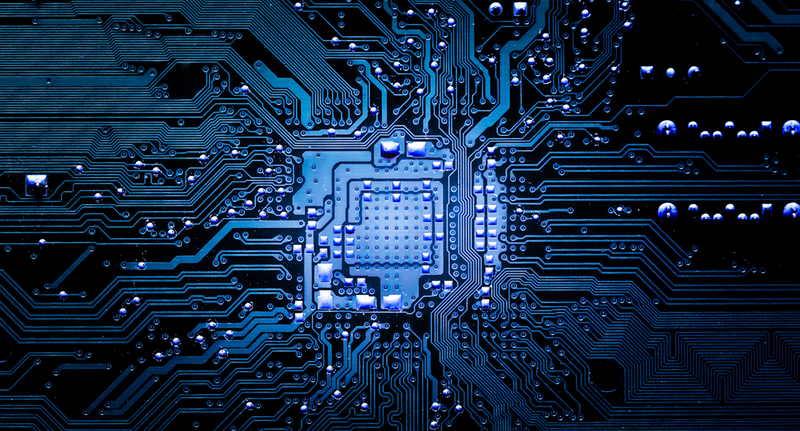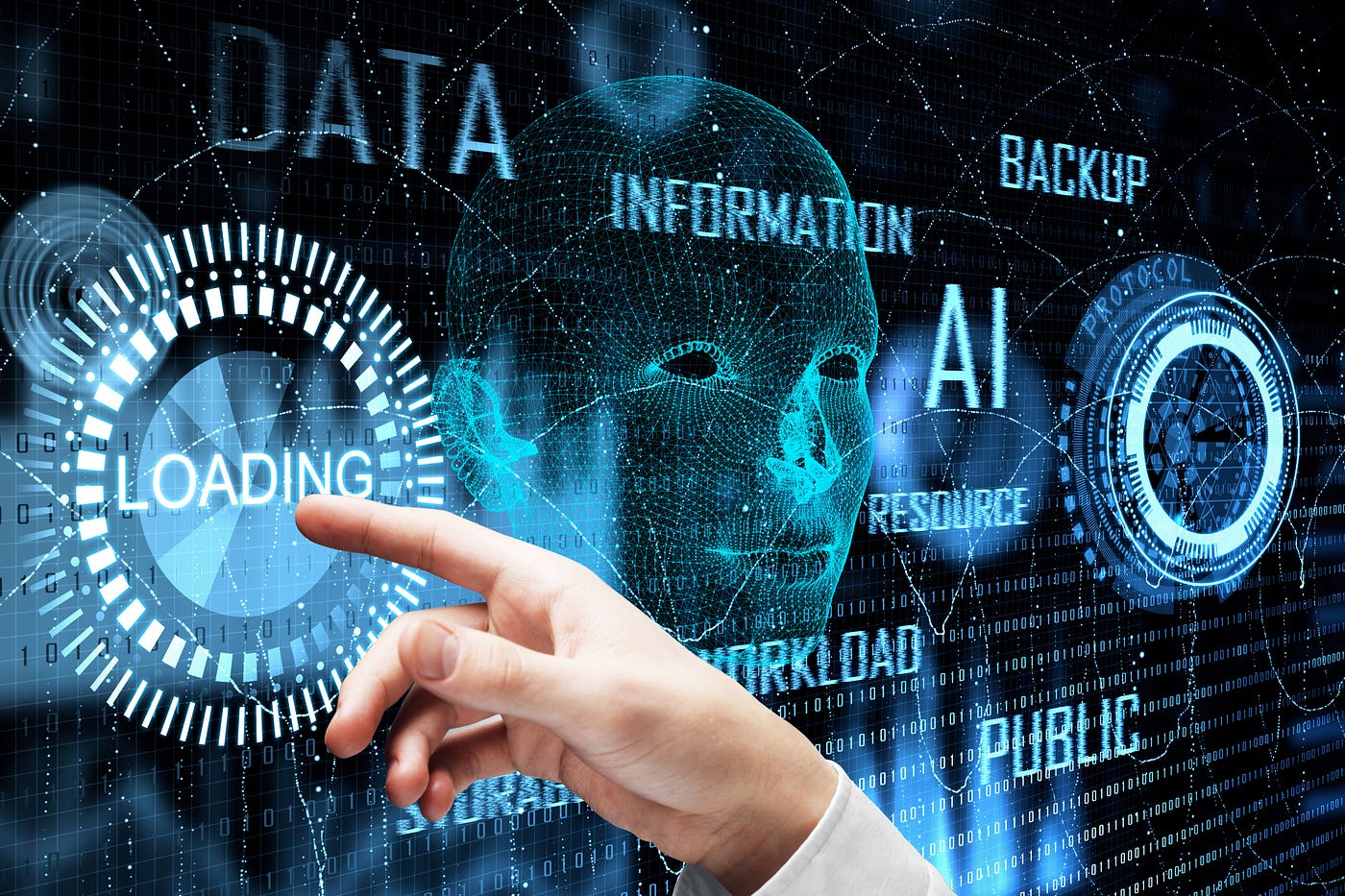
The electronics and semiconductor industry has contributed much to technological development and has influenced our lives, the working environment, and the way we communicate with others. Given the rapid progress in technology and changing consumer needs, lately, this industry is experiencing large scale changes. The following article presents the key trends transforming the electronics and semiconductor market, underlines new ideas and challenges that shape its future.
1. 5G Technology and Connectivity:
New 5G technology has been a game-changer in the field of the electronics and semiconductor industry. Faster speeds, reduced delays, and better connections offered by 5G networks have opened up new vistas on innovation. The demand for superior semiconductor solutions to support technologies such as smart cities, self driving cars, and IoT is growing briskly. As a result of this, companies operating in the semiconductor space have been investing heavily in the development of 5G compatible chips.
2. The Internet of Things (IoT) & Edge Computing
A large number of IoT devices are generating copious volumes of data that need to be processed as quickly as possible, close to the source of generation. Edge computing, enabled through advanced semiconductors, analyzes data for real time decision making by reducing delays and enhancing system performance. Semiconductor manufacturing companies are developing energy efficient and high performance chips to address the needs of edge computing applications, which fuels the growth of smart devices and industrial automation in multi location data processing systems.
3. Advanced Semiconductor Materials:
The demand for smaller, quicker, and energy saving devices is driving the development of new and superior semiconductor materials. In addition to regular silicon, other materials such as gallium nitride and silicon carbide have greater significance due to their ability to handle high power and operate at higher temperatures. These materials are crucial for power electronics, electric cars, and 5G systems. The shift to wide bandgap semiconductors is improving the functionality of electronic devices and addressing the issues posed by conventional materials.
4. Rising Demand for Electric Vehicles (EVs):
The semiconductor market is seeing a changed landscape with the global push towards sustainability and increasing adoption of electric vehicles. Electric vehicles need higher semiconductor solutions to manage power, control batteries, and run electric motor drives. Semiconductor companies are thus investing heavily in developing technologies to meet the growing demand for EV components, with governments across the world imposing emission regulations and further transforming the automotive industry.
5. Quantum Computing:
Quantum computing is a big revolutionary leap forward in computing power, with much better performance compared to normal computers. Although it is still considered to be in the developmental stages, when quantum computers emerge, industries depending on complex simulations and analysis of data may change. The manufacturers of computer chips are investigating new materials for developing future quantum processors and different methods of construction, thereby initiating a new era in computer technology.
6. Supply Chain Challenges and Resilience:
Recently, the electronics and semiconductor industry has been dealing with big headaches amidst disruptions that have taken a heavy toll on manufacturing and supplies across the globe. But it showed the weaknesses in the supply chain during the COVID-19 pandemic, making companies reconsider all their plans to strengthen themselves. Among new entrants, more local production, and other strategic decisions, semiconductor firms are now leveraging digital technologies to make their supply chains more flexible and resilient.
7. Security Challenges and Innovations:
With increased connectivity by IoT and expansion of digital ecosystems, cybersecurity has become a top priority. The electronics and semiconductor industry is tackling security with the addition of advanced features to semiconductor designs. Hardware based solutions for security, like secure enclaves and trusted execution environments, have started to gain more significance in securing sensitive data and ensuring integrity within connected systems. While the threats in cyberspace are constantly evolving, semiconductor companies are working with cybersecurity experts to develop robust solutions that will safeguard the next wave of connected devices.
8. Sustainable Practices and Green Technologies:
With growing awareness about the environment around the world, the attention towards sustainable practices has increased in the electronics and semiconductor industry. Manufacturing processes to disposal at the end of the life cycle, every aspect is being increasingly considered by companies by the introduction of greener technologies. This involves developing energy efficient semiconductor devices, recycling electronic waste, and exploring eco friendly materials for manufacturing. Adding sustainability to the semiconductor market will not only match corporate social responsibility but also consumer needs for eco friendly products, paving the way towards sustainability for the future of the industry.
Conclusion:
The leading position in new technology belongs to the electronics and semiconductor industry. This is partly caused by several factors , 5G connections, increased AI uses, and demand for green solutions, such as electric cars. As these changes continue, companies within this sector need to adjust while coming up with new ideas to stay competitive. It will be a more dynamic and highly interlinked world in the future, where the electronic and semiconductor market would greatly influence the shaping of that reality. Further, tracking these trends will lead not only to newer technologies but also in shaping a greener and more bonded international society.
Trending Posts

Global Silver Nanoparticles Market
The global silver nanoparticles market was valued at $2.08 billion in 2020, and is projected to reach $4.1 billion by 2027, growing at a CAGR of ~17%

LNG Bunkering – Here is something you must know!
In the current scenario of growing pollution, companies are trying to adapt more and more sustainable approach that not only gives eco-friendly result

The Basic Pension Comes - Federal Cabinet Decides On the Pension Supplement
Financial security in old age is an issue that is causing stomach pains for more and more people in Germany. Low-wage earners fear the elderly. The ba

The Future of Artificial Intelligence
In recent years, the field of artificial intelligence (AI) has witnessed unprecedented growth and transformative advancements. As AI technologies

Sailing into the future with Autonomous Ships
Autonomous Vehicles (AVs) are the uproar of this era. After airways, thanks to the companies like Tesla, that people are now getting used to see drive

Rising Demand For Uninterrupted Power Supply Is Expected To Drive The Power Rental Market
Todays world is totally reliant on electric power. There are many things which are not manageable without electricity. Power rental is a concept where

Rapidly growing IT industry coupled with the trend of bringing your own device (BYOD) is expected to provide new opportunities for growth of Cloud Collaboration
Cloud collaboration is the process of sharing and co-authoring the computer-based work through cloud technology

Factcheck on UV Disinfection for COVID-19
Many regulatory authorities and bodies believe that UV disinfection technologies can play a role in a multiple barrier approach to reducing the transm

The Global Ventilator Market Grows at a CAGR of 7.75 %
The Global Ventilator Market, which was at $688 million in the year 2016, is about to double by the year 2025, and reach a value of $1,347 million. Th

Vaccination: Vaccination Against Measles is Now Mandatory in Germany
The subject of compulsory vaccination has always heated peoples minds and caused emotionally charged discussions. The latest law in this area - the ob
Recent Posts

Growth and Future Trends of the Global In-Line UV-Vis Spectroscopy Market
In-line UV-Vis spectroscopy is a powerful analytical tool widely adopted in various industries for real-time monitoring of chemical and biological processes. This market is experiencing robust growth due to its applications in pharmaceutical.

Understanding the Growth Dynamics of the Premium Luggage Market
The market for premium luggage has grown massively over the years. This is attributed to several factors, including a change in consumer preference, increase in disposable incomes, and an overall rise in international travel.

Global Potassium Sorbate Market: Growth and Forecast
The Global Potassium Sorbate Market has gained significant traction due to the rising demand for preservatives across various industries, especially in food and beverages. Potassium sorbate, a salt of sorbic acid.

Global Venturi Masks Market Growth and Forecast
Venturi masks, also known as air-entrainment masks, play a crucial role in delivering a precise oxygen concentration to patients, particularly those suffering from chronic respiratory conditions such as COPD (Chronic Obstructive Pulmonary Disease).

Global Venous Thromboembolism (VTE) Therapeutics Market: Overview, Growth, and Forecast
Venous thromboembolism (VTE) is a critical medical condition including deep vein thrombosis and pulmonary embolism. In fact, it is one of the preventable causes of death in the hospital environment. It has experienced a substantial upsurge.

Global Vein Illumination Device Market: Growth and Forecast
The global vein illumination device market is experiencing significant growth, Due to a growing demand for minimally invasive procedures and an increase in chronic diseases, not to mention development in medical technology.

Global Vasculitis Treatment Market: Growth and Forecast
Vasculitis represents a group of disorders involving inflammation of blood vessels. It can affect parts of the body such as the skin, kidneys, lungs, and joints, and without proper treatment it may cause severe morbidity.

Global Fired Heaters Market: Growth and Forecast
The global market for fired heaters is growing at a rapid pace due to increased demand from major industries such as the oil & gas, chemical, and petrochemical sectors. Fired heaters are among the most crucial components of process heating systems.

Global Gas Flares Market Growth and Forecast
The growth in oil and gas production, environmental regulations, and a need for an effective waste gas management system are driving the global gas flares market. Gas flares are a crucial equipment in the oil and gas industry.

Global Steam Reformers Market: Growth, Trends, and Forecast
The steam reformers market is witnessing significant growth due to increased demand for hydrogen in industries like chemicals, refining, and fertilizers.
